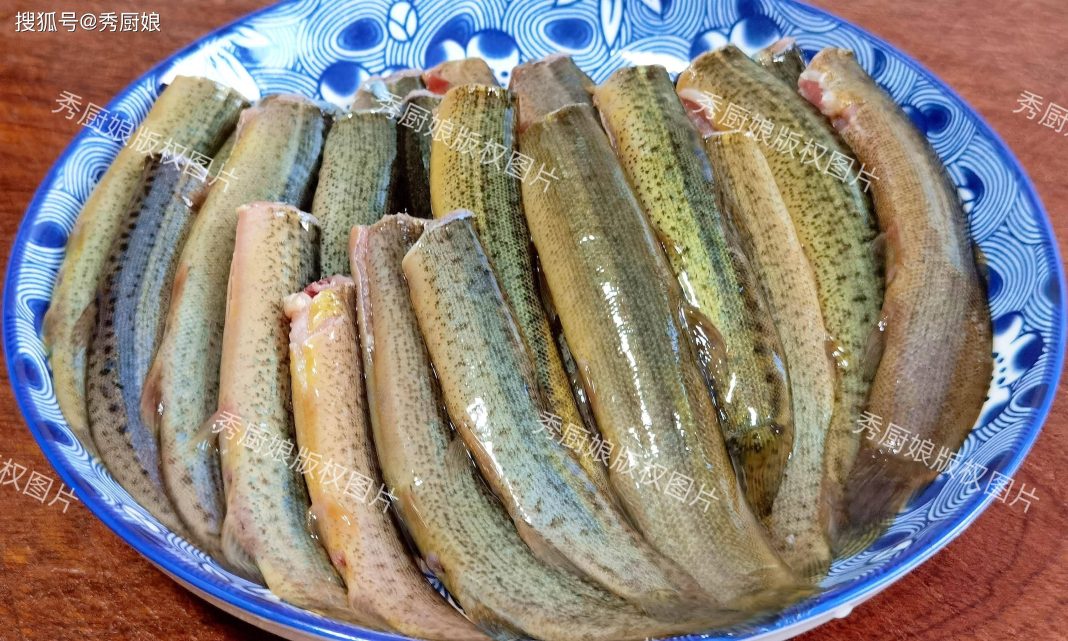After the beginning of autumn, the weather gradually turns cooler, and the temperature difference between morning and evening becomes more and more pronounced. At this time, the human body is prone to discomfort caused by the change of seasons, especially among the elderly and those with weaker constitutions, who often feel cold hands and feet and muscle soreness. Therefore, we need to adjust our bodies through diet to enhance our constitution and replenish energy. It is well known that autumn is a good time for nourishment, and among the many ingredients, there is one type of fish that can be called the “king of autumn nourishment,” and that is the loach.
Loach, known as “ginseng in water,” is especially suitable for consumption in autumn. The nutritional value of loach stands out among fish. First, it has an extremely high protein content with excellent quality that is easily absorbed by the human body; second, loach also contains various vitamins such as vitamin A, vitamin B1, and vitamin B2, which can effectively improve immunity. Additionally, loach is rich in minerals such as calcium, phosphorus, and iron, which play an important role in preventing osteoporosis and promoting bone development. Therefore, eating more loach after the beginning of autumn can not only strengthen the constitution but also effectively prevent common bone and joint problems in autumn and winter.
Since loach has such high nutritional value, how should we cook it to preserve its nutritional components to the greatest extent? Today, I recommend a classic autumn nourishing dish—loach stewed with tofu. This dish not only retains the freshness of the loach but also adds tofu, which is rich in plant protein, making the nutrition even more abundant.
Recommended Recipe: Loach Stewed with Tofu
Ingredients: 500 grams of loach, 300 grams of tofu, 5 slices of ginger, 3 cloves of garlic, 2 scallions, 2 tablespoons of light soy sauce, 1 tablespoon of dark soy sauce, 1 tablespoon of cooking wine, salt to taste, an appropriate amount of water, and an appropriate amount of cooking oil.
Step 1: Prepare the Loach
1. Put the loach in a bowl, sprinkle with salt and flour, clean it thoroughly, then blanch it in boiling water for about 30 seconds to remove the slime and fishy odor from the surface. After blanching, rinse it with cold water and drain for later use.
2. Cut the tofu into small pieces and blanch it in boiling water for 1 minute to remove the bean smell and increase the toughness of the tofu to prevent it from breaking during stewing.
Step 2: Cook the Loach
1. Heat the pan and add cold oil, add the ginger slices and garlic, and stir-fry until fragrant, then add the loach and fry until both sides are golden. Be careful not to flip the loach frequently while frying to avoid breaking the fish body.
2. Add cooking wine, light soy sauce, and dark soy sauce, stir-fry evenly, and simmer for a moment to let the loach fully absorb the flavor of the sauce.
Step 3: Stew the Loach
1. Pour in an appropriate amount of water, just enough to submerge the loach, bring it to a boil over high heat, then reduce to medium-low heat and simmer for 15 minutes to allow the freshness of the loach to be fully released.
2. Add the blanched tofu cubes and continue to stew for another 10 minutes, allowing the tofu to absorb the flavor of the soup. Before serving, add an appropriate amount of salt for seasoning and sprinkle with chopped scallions.
Step 4: Plate and Serve
Transfer the finished loach and tofu stew to a plate and enjoy it hot. The tenderness of the loach complements the smoothness of the tofu, with a rich broth and varied flavors, making it a perfect dish for nourishing in autumn.
Cooking Tips:
In the process of making this braised loach and tofu dish, there are a few key steps to pay special attention to:
1. Blanching the Loach: The blanching time should not be too long; around 30 seconds is sufficient to remove the fishy smell while retaining the fresh taste of the loach.
2. Frying the Loach: Pay attention to the heat while frying the loach to avoid breaking the fish skin, which helps maintain the integrity of the loach, resulting in better texture.
3. Tofu Preparation: The tofu should be blanched before cooking, which not only removes the bean smell but also increases its toughness, preventing it from easily breaking during the stewing process; add salt towards the end, as adding it too early may lead to the loach’s flesh becoming tough, affecting the taste.


